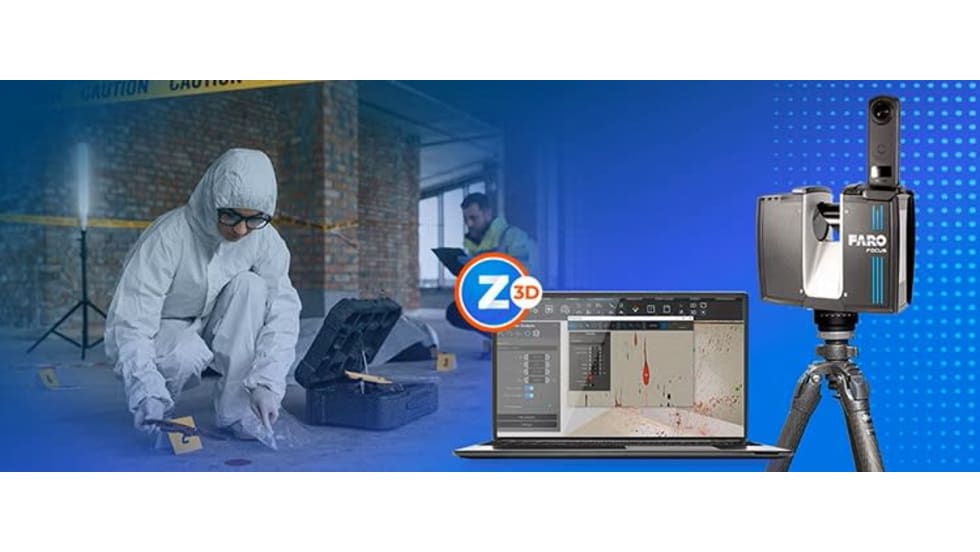But to Perron's mind, this was an ideal set-up: It would allow the department to give its residents some sense of what an average Friday night was like for its police personnel while at the same time allowing for ancillary opportunities such as sharing edifying information and encouraging dialogue between the department and its Twitter followers.
To that end, Perron had planned ahead of time, drafting contingency-based tweets. When the shift slowed down, he dispatched previously penned informational tweets about local ordinances and police protocols. He also had 12 photographs and two pre-recorded videos at the ready, including an introduction to the ridealong and a look inside the department's 911 dispatch center with an accompanying caution to use 911 in emergencies only.
Meanwhile, the officer he accompanied kept busy, making several proactive DUI investigative stops, as well as responding to a smattering of calls for service and assisting another officer on a warrant.
Throughout, Perron operated from an officer safety perspective. Recognizing the potential for less-desirables to somehow exploit the experience to their own ends, the lieutenant was circumspect when it came to volunteering particular areas of information.
"You don't want people setting up officers for an ambush or having ambulance chasers following your officer around," acknowledges Perron. "To deal with this, we didn't tweet any exact locations, street names, house numbers, or anything like that. People asked where we were and what park we were patrolling. We vetted this beforehand and decided how to handle it. Besides, it's not about exact addresses, it's about the activity. If we had a major crime or a manhunt, we probably would just put out street names and other details because another goal in using social media is to have the public help us find bad guys."













